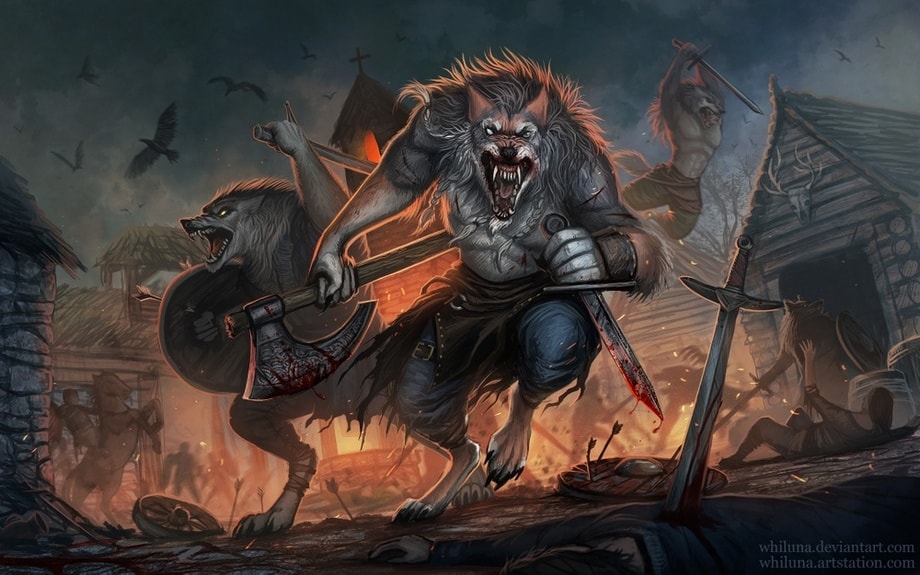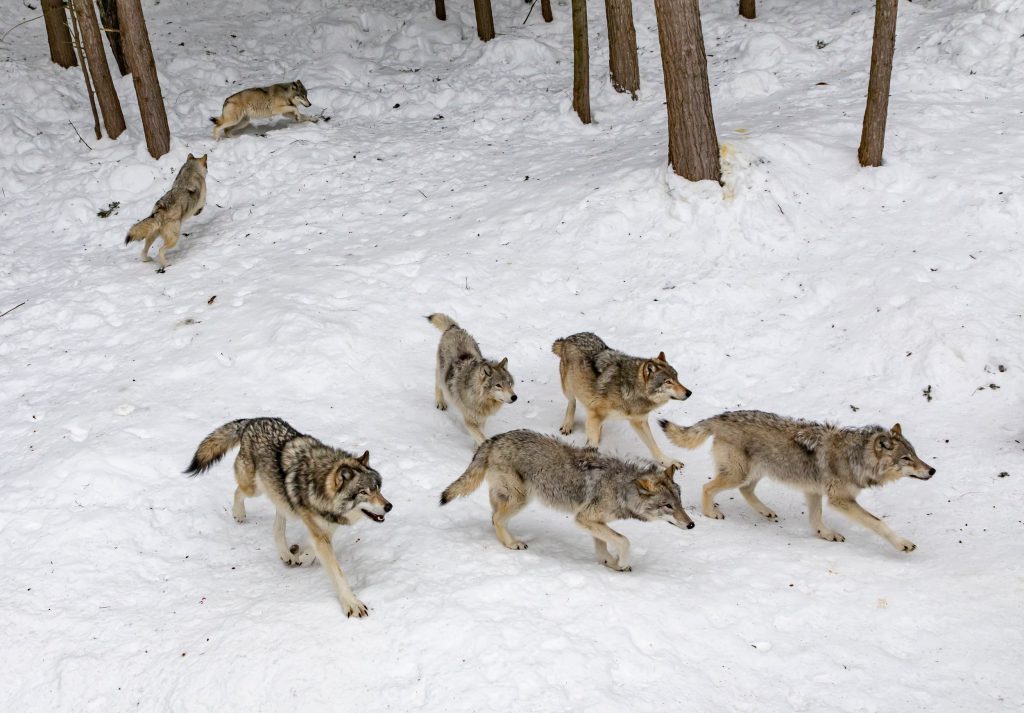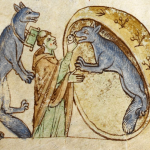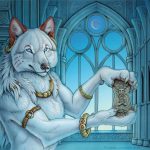Like real wolves, werewolves can live alone for many years, yet the instinct for a pack often leads them away from their secretive lifestyle, into revealing their nature to a priest or close associate, or converting another to werewolfry for companionship
A werewolves pack consists of one werewolf who became a werewolf through sorcery, birth, or curse and hold the original tainted blood. This werewolf is called the Alpha werewolf. The remaining werewolves in the pack are called Beta werewolves because they became werewolves through the bite of the Alpha and carry the Alpha’s tainted blood. Werewolf packs can cause immense destruction.

Wolves pack
Wolves are social animals and like many human beings, they live in extended families which are called packs. A typical wolf pack in the wild consists of between 8 and 15 members. There is a distinct pecking order to any wolf pack. This order is important to the effective function of the pack as it determines leadership, division of labor and mating priorities.
Pack life insures the care and feeding of the young, and allows wolves to defend their common territory. Wolves live in packs because cooperation allows them to bring down larger prey.
The male and female leaders of the pack are called the breeding pair or alphas. These two animals lead the pack during a hunt and often eat first when a kill is made. They typically are the only wolves in a pack to mate and produce pups, however in areas where prey is abundant and life is mostly stress-free, multiple litters within a pack can occur. Pups are born in the spring (following a 63 gestation period). The entire pack takes a part in raising the young. The average litter size is four pups.

The rest of the pack is typically composed of adolescent wolves, one to four years old, several pups and an omega. An omega wolf can be either male or female and is the scapegoat, the lowest ranking member of the pack. The omega lives on the outskirts of the pack, usually eating last. The omega serves as both a stress-reliever and instigator of play.
When wolves become adolescents and have reached sexual maturity, many will leave their home territory in order to search for a mate. These wolves are called dispersers. The long, drawn-out howl of a ‘lone wolf’ will hopefully attract another unattached wolf. The two new self-proclaimed alphas find suitable territory to start a family of their own.
The social structure of the wolf pack changes from year to year. Wolves in the pack move up and down in the “pecking order” or hierarchy. A wolf lower down in the pecking order may challenge an alpha wolf for pack leadership. If the alpha wolf loses this challenge, it will likely go off on its own, find another mate, and start a new pack. Wolves very low in the pecking order (that are constantly picked on by the other pack members) may also leave the pack. They become lone wolves until they either form their own pack or on rare occasions join an existing wolf pack.








